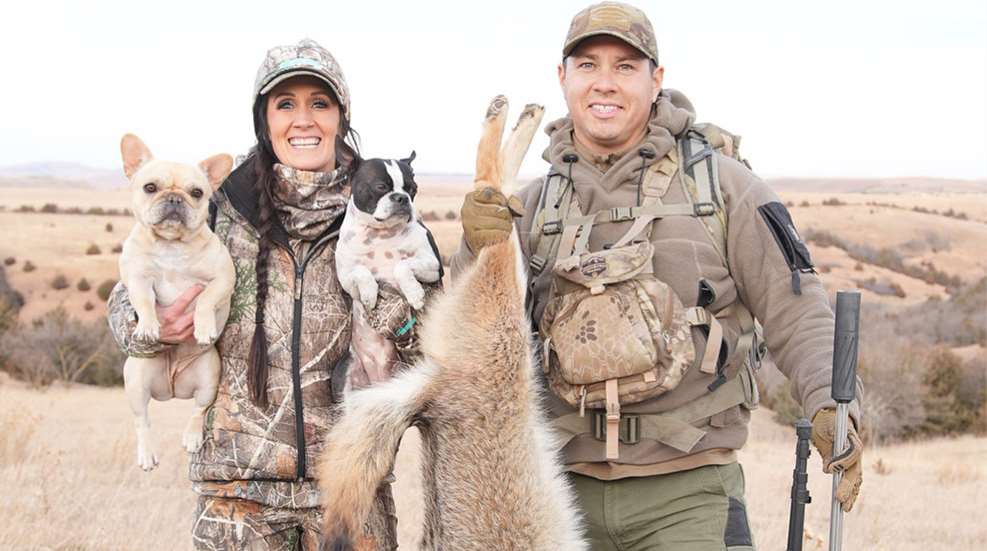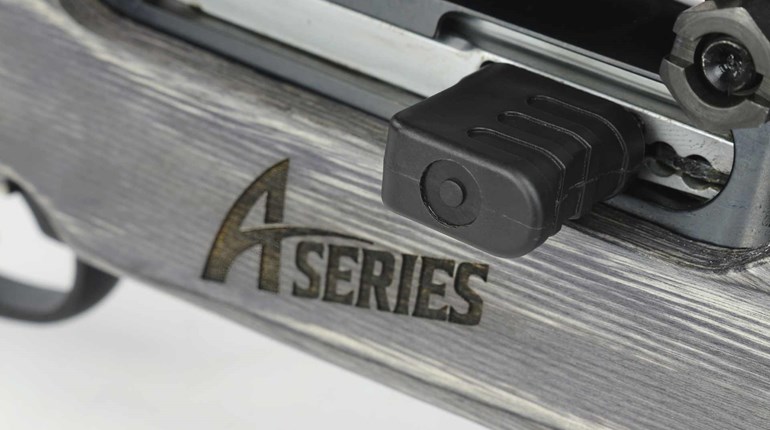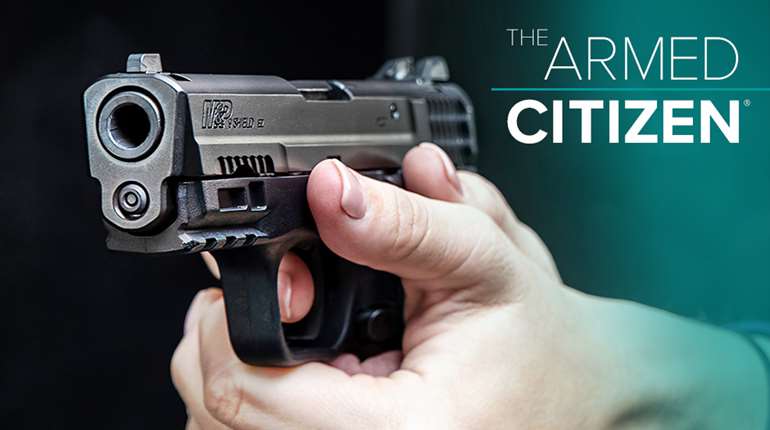
My husband and I have spent a good part of this winter, and many previous winters, hunting coyotes. The only two people I know who love hunting coyotes with an extreme passion are my dad and my husband. So naturally I’ve been a part of it since day one. My dad used to pull my brother and me in the sled while he snowshoed on coyote hunts. When he was successful, the coyote or fox would ride in the sled with us for the trip back to the truck. My dad worked construction, so he had the winters off and this is how we spent most of our days.
I can’t even begin to count the number of days my husband and I have spent hunting coyotes near our home in South Dakota. We’ve had good hunting, poor hunting and downright amazing hunting. Every day is a bit different, and you never know what it’s going to be like, so the more time spent in the field the better. Over the years of predator hunting, I’ve found a few tips to increase success.

Always think about the wind direction. Coyotes have an incredible nose and even though I spray down with Scent Killer Gold just like I would when deer hunting, it’s still important to be aware of where the wind is blowing. The coyotes will always try to get downwind of sounds, so watch this area closely.
Play hard to get. Shut off your call once the coyote is coming in so it can’t pinpoint your exact location, and has to search. This will naturally slow its progress, giving you more potential opportunities to take the shot.
The colder, the better. I have had some of my very best days in the coldest of weather. If you think about it, coyotes are cold and hungry. When they hear a distress sound, they can’t resist. A hot meal in those rough conditions is just too good to pass up.
Always sit up on a vantage point to see as much as possible. The more ground you can visually cover, the better your chances. However, you don’t want to skyline yourself. If you have a good vantage point, don’t sit on the very top. Go down a little lower so anything below won’t see your silhouette.

Shoot suppressed. I’m a firm believer in shooting suppressed for multiple reasons, but it undoubtedly helps when trying to shoot a double. On numerous occasions I’ve had the second coyote unaware of what happened, allowing me to take a second shot.
Minimize pelt damage. For maximum payout on your furs, minimal pelt damage is key. Winchester created the Varmint X offering that is made specifically for varmints. This works incredibly well on coyotes and knocks them off their feet without ruining the fur. The Polymer tip maximizes the long-range performance and promotes rapid expansion in a wide variety of cartridges.
Shoot fast and flat. My go-to caliber is a .22-250, and the results speak for themselves. It has an extremely low recoil and shoots great at a variety of distances. If you’re in the market for a new rifle, Winchester Repeating Arms really nailed it with its Model 70 Coyote Light.
Wait for the coyote to stand. To increase your odds of success, I highly recommend only taking shots at a coyote standing still. If they noticed something is up and you bark, normally they’ll stop and give you one quick look back. Be on your gun, with the crosshairs on the coyote as you bark. When he stops and gives you that one last look, take your shot.

Mix up calling. There is a huge variety of electronic callers out there, but don’t forget about using hand calls as well. Usually, I’ll mix the hand calls with the electronic caller, and when a coyote is getting in close, shut it off. If the coyote starts hesitating, do some lip squeaks and many times they’ll come right in. My husband and I recently showed Jax, our 2-year-old son, a video of us calling in a coyote. The last couple hundred yards Ben lip squeaked him in and Jax said, “Why is daddy making kissing sounds at the coyote?” Pretty funny, but very helpful to seal the deal.
Blend in. If your area is covered in snow, make sure you’re wearing the correct camo. Coyotes are observant predators and notice the slightest change in the landscape. Also, keep all movements to a minimum, and if you do need to move, make it very slow and watch the coyotes’ body language at all times. If you see their noses rise up in the air, they’re probably going to get your wind soon—so shoot when possible!















































